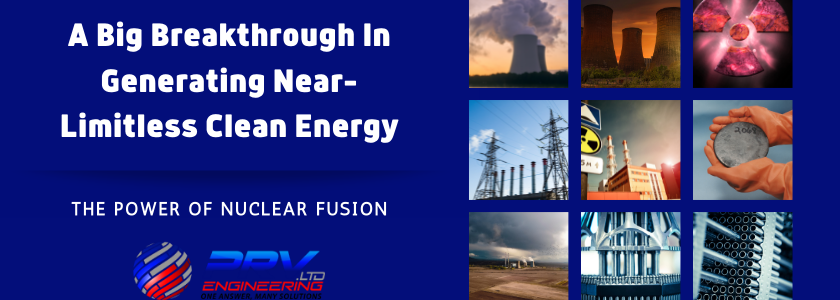Limitless clean energy has been a concept in development for what seems to be an eternity with little success. In recent weeks, we looked at portable nuclear micro-reactors and the UK’s plans to build nuclear fusion plants. Now, we are even closer to limitless clean energy as the Korea Institute of Fusion Energy has set an astonishing new record using the tokamak reactor.
What Is The Tokamak Reactor?
The tokamak reactor used for the record run is the Korea Superconducting Tokamak Advanced Research (KSTAR), known as South Korea’s artificial sun. In December 2020 it set a world record by maintaining plasma at 180 million °F (100 million °C) for 20 seconds. Now, it reached 100 million °C and maintained super-hot plasma for 30 seconds which beats the own record by 10 seconds. As discussed in previous articles, nuclear fusion uses the same type of reaction that the Sun and other stars do to produce nearly limitless clean energy.
Scientists are hard at work developing the process through nuclear fusion reactors, also known as tokamaks. They use powerful magnets to control and stabilise plasma that burns at millions of degrees. This allows atoms to slam together and form a heavier nucleus, releasing vast amounts of sustainable energy. Considering the growing concern around climate change and the worsening of the atmosphere, it could be the answer to move us away from relying as much on fossil fuels.
Achieving Net Zero With Nuclear Fusion
According to the team at the Korea Institute of Fusion Energy institute, they were able to achieve the record thanks to certain optimisations made to the tokamak’s heating system and the magnetic field conditions. The next step is to beat its own record several times by 2026 to eventually maintain plasma for 300 seconds. This is only possible if they upgrade their reactor to allow control of those massive temperatures for longer.
Several recent advances in nuclear fusion technology are helping to pave the way for limitless clean energy. One example is from May 2021 when the UK Atomic Authority announced that it had developed the world’s first tokamak exhaust system. This would greatly reduce temperatures in the devices and allow them to run for longer.
Meanwhile, a Bill Gates-backed MIT start-up called Commonwealth Fusion Systems recently revealed results of successful tests on an incredibly powerful and power-efficient magnet for its fusion tokamak experiment which they aptly named, SPARC.
Limitless Clean Energy With Nuclear Fusion
Nuclear fusion is the ultimate prize when it comes to sourcing clean energy as it’s nearly unlimited with almost no downside, at least in theory. For starters, it doesn’t release carbon into the atmosphere like burning fossil fuels or generates radioactive waste like nuclear fission does in today’s nuclear power plants. Nuclear fission may have changed the world when it first came about but it’s no longer the go-to option. The reason for this is what takes place during a fission reaction where radioactive atoms, like uranium, get ripped apart.
While this produces massive amounts of energy, it also generates nuclear waste with hazardous consequences. Nuclear fusion, on the other hand, is the exact opposite of nuclear fission. Instead of ripping atoms apart, the process smashes together highly plentiful atoms (hydrogen), releasing helium and an enormous amount of energy.
How Close Are We To Limitless Clean Energy?
Whilst nuclear fusion technology is progressing in leaps and bounds, “net fusion energy” is still a long way down the road. The truth is, it may not be achieved this decade as the energy needed to power a tokamak device far exceeds the power produced by the current machines.
We will only achieve net energy when the electricity produced by nuclear fusion exceeds the energy fed into these artificial suns. The problem with fusion is heat as it produces temperatures hotter than the sun. That means solid materials melt which ruins any potential to safely build power plants, at least for now.
Final Thoughts
Scientists across the world are making strides towards nearly limitless clean energy by showing they can dissipate the heat of the waste plasma. In theory, this would allow the production of more efficient, smaller and cheaper nuclear fusion devices without destroying everything they touch. Only time will tell where these types of studies and experiments will lead us but it’s promising nonetheless.
Whatever you might think of climate change, fossil fuels and reaching almost limitless clean energy, it’s exciting to see such collaboration with some tangible results across the board. For more interesting articles covering all the latest in engineering, manufacturing and technology, please follow our blog and join us on social media using the hashtag #PRVtech.


Recent Comments